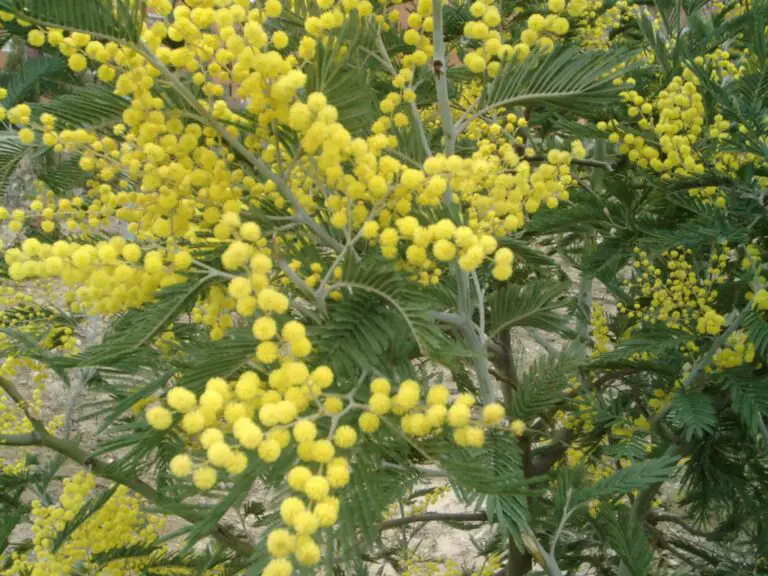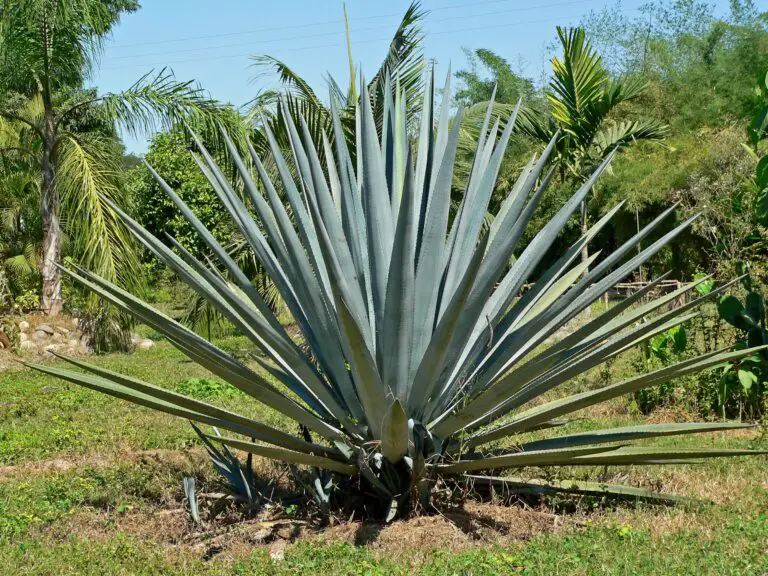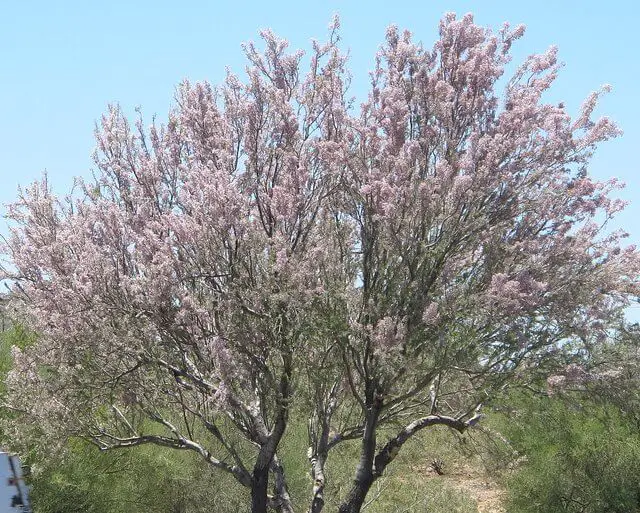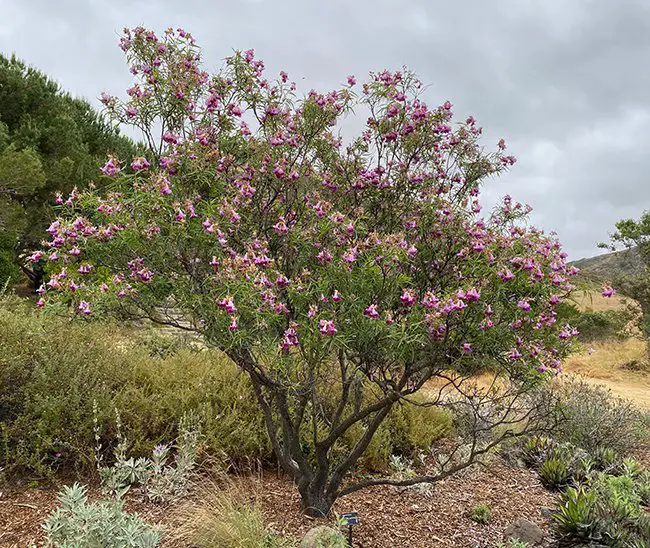Unveiling the Splendor: Ocotillo in Xerophytic Gardens
Lush, vibrant, and teeming with life might not be the first words that come to mind when one imagines a garden, yet xerophytic gardens encapsulate their own special kind of beauty. These arid landscapes integrate the natural world’s hardiest flora, thriving in conditions where water is scarce and the sun relentless. Amongst these resilient plant species lies the Ocotillo or Fouquieria splendens, a botanical delight that stands tall as a prized gem in the realm of xerophytes.
This blog post is an ode to garden enthusiasts who are ready to branch out from the traditional and explore the captivating world of xerophytic gardens, and for those who have already discovered the allure of Ocotillo, there’s much to uncover about this majestic plant. Whether you’re a seasoned gardener or taking your first steps into the world of xerophytic landscaping, this guide will deepen your appreciation for the splendor Ocotillo brings to gardens and provide the insight you need to tend to it with care and finesse.

Ocotillo Plant Profile
In the Heart of the Desert
Ocotillo is a remarkable perennial shrub that is native to the Sonoran and Chihuahuan deserts. It’s a sight to behold, especially after rainfall, when its clusters of scarlet tubular blooms burst to life from the tips of its spiny branches. But Ocotillo’s allure isn’t confined to its ephemeral bloom; the plant has a unique silhouette characterized by numerous woody, spiny, whip-like stems that can reach up to 20 feet in height.
Standing as a Sentry
In its arid habitat, Ocotillo often serves as a sentinel, surveying the horizon with its thorny presence. This plant has the ability to go from seemingly lifeless in dry spells, where its leaves fall, to a green bustle of life when it absorbs water and quickly produces new foliage. Its adaptability and resilience make it an emblem of survival in harsh conditions.
Aesthetic and Ecological Value
The Ocotillo’s striking appearance and cycle of renewal have not just caught the eye of gardeners, but also that of wildlife. Its vibrant flowers serve as a vital nectar source for hummingbirds and bees, offering a dazzling display that is both visually appealing and ecologically significant.
Cultivation and Care Tips
Planting Your Ocotillo
When introducing this beauty to your garden, it’s essential to consider the environment in which it originally thrived. Choose a location with well-draining soil and full sun exposure. If your garden is in a region susceptible to frost, the Ocotillo should be planted before the onset of winter to allow it to establish its root system.
Watering Wisely
While the Ocotillo is known for its drought resistance, it’s crucial to water young plants thoroughly every two to three weeks during the growing season. Be sure to water to the depth of the roots to encourage proper growth. Once established, the Ocotillo can survive on natural rainfall alone, making it a low-maintenance addition to your landscape.
Feeding and Fertilizing
Ocotillo does not require feeding if grown in its native soil; however, a very light application of a well-balanced fertilizer can be used around the base in early spring. Organic mulch can also support the plant’s nutrient needs and help retain moisture.
Landscaping Ideas
The Focal Point
Ocotillo can serve as a dramatic focal point in a xerophytic or Southwestern-themed garden. Its unique form and potential for great height draw the eye and anchor the landscape, especially when placed against open blue skies.
Integrating With Other Xerophytes
Consider companion plants like agaves and yuccas which complement the Ocotillo’s rugged aesthetic. Clump them together in a way that mimics their natural groupings for a landscape that looks as if it sprung from the desert itself.

Architectural Element
The Ocotillo’s sculptural nature makes it a natural fit for modern and minimalist garden designs. Its form contrasts beautifully with smoother textures and can be used to guide movement throughout the space.
Benefits of Ocotillo in Gardens
Drought Tolerance
Given the persistent threat of water scarcity in many regions, the ability of the Ocotillo to flourish with minimal watering makes it an environmentally conscious choice for gardeners. It’s a testament to the possibility of creating lush, inviting gardens with low water requirements.
Attracting Wildlife
The Ocotillo’s blooming season is a treat for the avian and insect worlds, attracting a variety of pollinators and other wildlife. It’s a beacon of life, providing sustenance and shelter in landscapes where such resources can be scarce.
Aesthetic Appeal
The vibrant red-orange blossoms of the Ocotillo are a stirringly beautiful contrast to its desert setting. The plant offers seasonal interest with its dynamic lifecycle, ensuring that there’s always something new to captivate the observer.
Maintaining Ocotillo Health
Protecting Against the Elements
In winter, you might need to wrap smaller, younger plants with burlap or frost cloth to shield them from harsh cold and wind. Overexposure to freezing temperatures can damage the plant, so it’s crucial to be mindful of seasonal changes and weather shifts.
Disease Prevention and Treatment
Ocotillo are generally hardy and not prone to disease, but overwatering or poor soil drainage can lead to root rot. To prevent this, ensure proper watering and soil conditions. If you suspect an issue, inspect the plant for signs of stress such as wilting or discoloration and adjust care accordingly.
Pruning for Health and Aesthetics
Pruning is a part of maintaining the Ocotillo’s health and shape. It’s best to carry out pruning in late winter or early spring before new growth starts. Remove any dead or damaged branches, and consider thinning to keep the plant’s form open and allow for better air circulation.
Conclusion
From its natural habitat to the curated domains of xerophytic gardens, the Ocotillo continues to enchant with its elegance, resilience, and ecological significance. For garden enthusiasts, cultivating an Ocotillo isn’t just about adding a lovely plant to your collection—it’s about fostering a connection to the land and its unique offerings.
By exploring the many dimensions of this plant, from its cultural and ecological roots to the practical aspects of care and landscaping, you can truly appreciate the splendor that Ocotillo brings to gardens. It’s a living testament to the beauty that can arise from even the most challenging environments, and a reminder that our gardens, like the Ocotillo, can stand tall and proud in the face of adversity, thriving against all odds.






